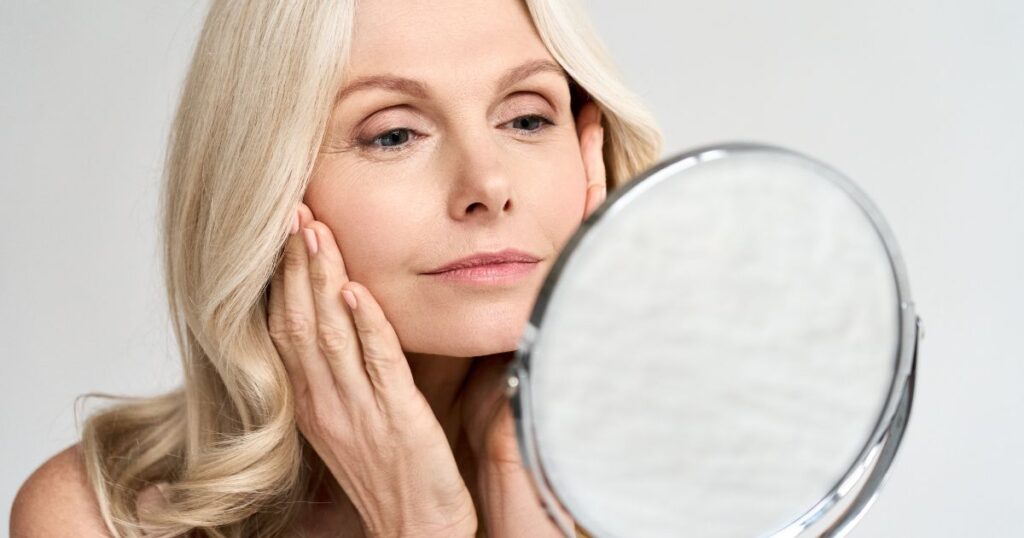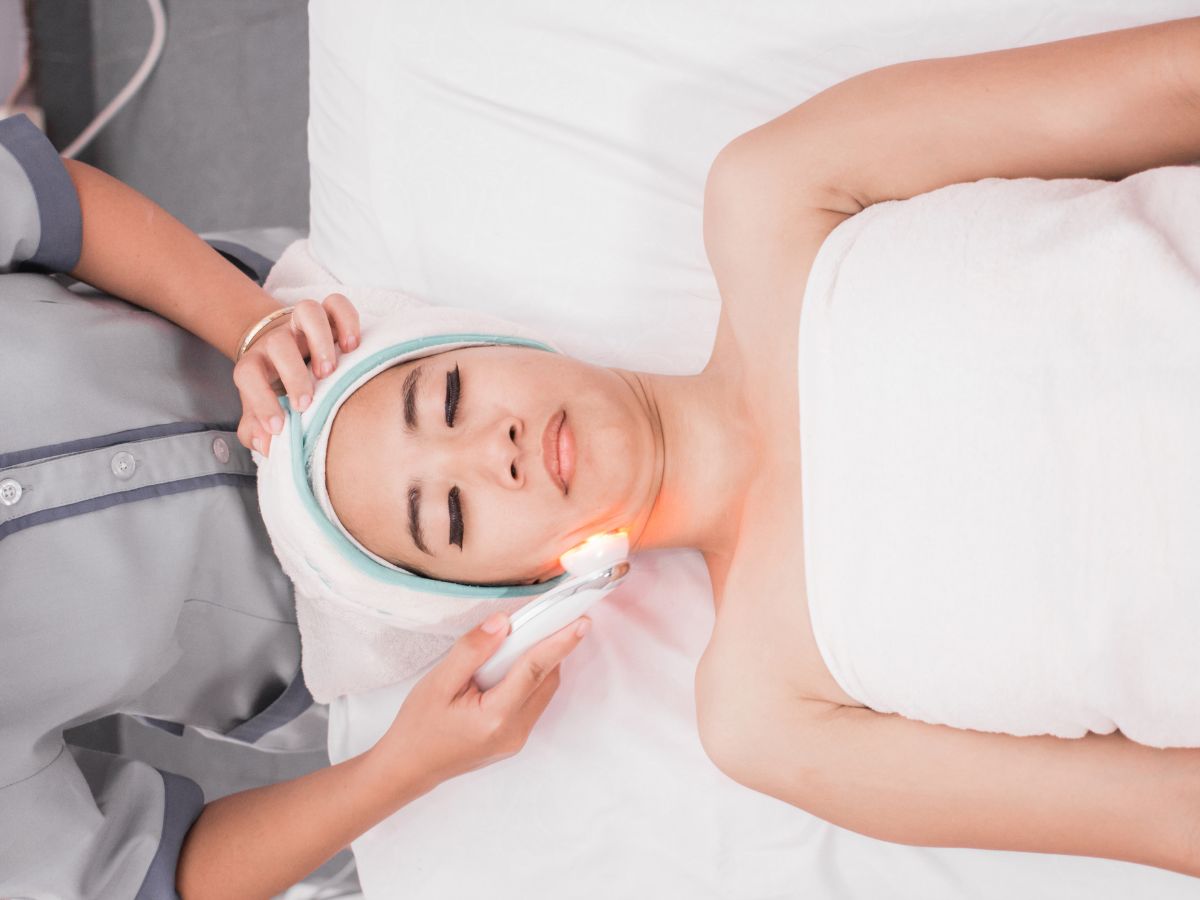Non-surgical skin tightening procedures aim to deliver cosmetic correction of loose skin on the face and stomach using non-invasive methods. Other than the three procedures Thermage Versus Ultherapy and Laser skin tightening discussed in this article there are non-surgical options that you might want to explore. Procedures like PRP, micro-needling, and thread lift are comparatively mildly invasive but can yield more promising results. Similarly, surgical procedures provide more dramatic and immediate results but they are more costly, very invasive, and require a lot of recovery period also called downtime.
For individuals afraid of needles, blood, and invasive procedures, Ultherapy, Thermage, and Laser skin tightening are the best options. These methods use one or another form of energy that penetrates your skin and stimulates the healing or rejuvenation procedure. So the external energy triggers your body’s natural healing process using collagen. Collagen is an important structural protein that our body produces and as we age we experience a decline in the production of collagen leading to several signs of aging which include joint pain, loose skin, fine lines, and wrinkles.
By stimulating collagen in targeted areas, these methods have a skin-tightening effect and reduce the appearance of fine lines and wrinkles. The most effective forms of energy used for non-surgical skin tightening or facelifts are ultrasound, radiofrequency (RF), and laser. This article will compare these methods for their effectiveness.
Disclaimer: This article is intended only as a source of information and is by no means a substitute for consultation with an expert dermatologist. I would also like to highlight that experience of treatment and results may vary from person to person and even doctor to doctor. You must do as much as possible research before proceeding with any of these treatments. I must encourage you to talk to more than one doctor, and several people who have received these treatments before making a decision.

Ultherapy – Ultrasound Waes for Skin Tightening
Ultherapy is one of the most popular FDA-cleared non-surgical facelift devices using state-of-the-art micro-focused ultrasound technology. It visibly reduces the appearance of fine lines and wrinkles on the face and the upper chest. It effectively lifts and tightens facial skin in different areas, precisely targeting focused areas such as the neck, chin, and brow. Precise targeting through ultrasound technology enables delivering energy precisely to the areas where it will benefit you most giving natural-looking results that improve over time.
Thermage – RF Treatment for Rejuvenation
Radiofrequency was traditionally used for treating liver, prostate, and thyroid tumors, during the early 2000s, new medical devices using radiofrequency were introduced in the dermatology area and now it is popular for cosmetic treatments. Exposure of the inner skin layers to radiofrequency waves generates electricity when it passes the skin tissues, transferring heat energy, accelerating production of collagen, and damaged cell regeneration which causes the skin tightening effect. Thermage uses FDA-approved RF technology of heating and cooling to tighten skin, for treating sagging jowls and cheeks, reducing wrinkles and fine lines around the eyes and on the forehead.
Laser Skin Tightening
Similar to the other two procedures laser also uses a form of energy, in this case, pulses of infrared light rays that penetrate your skin layers to trigger collagen production, encouraging increased cellular turnover, repairing damaged cells, improving skin elasticity, and ultimately tightening the loose skin, as well as reducing the appearance of wrinkles and fine lines. Skin tightening lasers offers to deliver optimum results for a wide variety of skin aging problems on the face, jawline, neck, and stomach.
What is the best skin tightening non-surgical procedure? Is Thermage better than Ultherapy?
Below is a fair comparison of Ultherapy, Thermage, and Laser skin tightening in terms of results, pain factor, ideal candidate, side-effects, and aftercare.
Results: While both Ultherapy and Thermage have been designed to rejuvenate your skin and have delivered promising results to fight the signs of aging, Ultherapy does have a slight edge in terms of effectiveness as in comparison to the radiofrequency used in Thermage, ultrasound energy used in Ultherpy is capable of better and deeper penetration into the skin. It is important to note that as both treatments use different mediums, each treatment works best for different kinds of problems. Ultherapy is more suitable for skin tightening and Thermage works best at reducing wrinkles, fine lines, and bulges.
Pain factor: Ultherapy is also relatively less painful in comparison to Thermage which requires pain-relieving treatment before the procedure. Laser treatment can feel hot and you might feel a stingy burning sensation but nothing too discomforting.
Ideal candidates: These treatments are most suitable for Middle-aged clients beginning with early signs of skin sagging in the neck, brow, eyelid, jowls, and/or cheek, and do not yet require a surgical facelift and clients with a prior facelift treatment wishing to improve the results.
Side-effects: Other than minor side-effects that resolve over a few days, these treatments are considered safe. Overall you may see redness, some swelling, minor scarring, or change in skin color but these side-effects go away on their own.
Aftercare: These procedures are quick and have no downtime. After receiving these treatments you must avoid exposure to the sun, and always wear sunscreen when leaving home. You should also avoid applying any chemicals on your skin including skincare products and make-up products and even topical ointments for acne and other skin condition unless approved by your doctor.
How long after treatment do you see results?
While individuals treated may see results within 6 weeks, it takes up to 6 months to get a better assessment of the final treatment outcome. If the outcome is favorable, another Ulthera treatment may be discussed to get even better results and stave off the need/desire for surgical rejuvenation even longer.
How long do results last?
As stated above the results of these procedures are not permanent, results for Ultherapy and Laser skin tightening treatments last anywhere from 18 months to two years, and results of Thermage lasts for 6 to 9 months. These treatments stimulate the production of new collagen, but after sometime collagen, regeneration starts to fade away, and the skin continues to age. You can help results last longer by using good skincare products that encourage skin tightening and collagen production.
How often should treatments be done?
To maintain the results of Ultherapy and Laser skin tightening treatments longer many doctors recommend their clients to have a follow-up session a little before a year and have touch-up sessions every year. For Thermage you should repeat the procedure biannually for best results.
Can these treatments damage your skin?
Following Ultherapy, many patients are reporting muscle weakness, numbness, pain, paresthesia, and tingling that “typically” resolves within 6 weeks. There are reports of fat loss in the face and neck after Ultherapy that make the face appear more hollow and aged and, the platysmal neck bands can look worse in the neck. But more alarming cases are of reported nerve damage. The risks of fat loss or nerve damage from Ultherapy can be minimized if the surgeon does not treat it too deep. Theramage and Laser are relatively safer for your skin and no serious long-lasting after-effects or damages have been reported.








